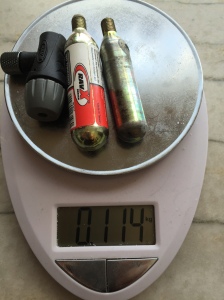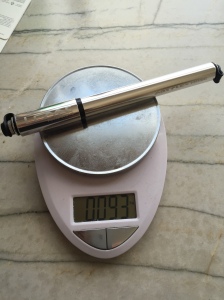Here are some apps and tricks that may be useful for handwriting. (Please do comment or add so we can share how to utilize the iPadPro effectively. Another blog focuses on the iPad for research.)
Handwriting apps
There are many apps for handwriting. Two dedicated apps that work extremely well with the Apple Pencil (i.e., hair-fine precision and hand palm rejection) are:
Goodnotes shines with the Pencil, saves handwriting in PDF, and hence stores handwriting as vectorized images that looks sharp at whatever magnification. It is intuitive and even allows surprisingly accurate searching your handwritten notes.
The only thing I miss in Goodnotes is a good visual structure or overview of its “notes”. Yes there is a three (even four)-level hierarchy: you can make “Categories” (say Courses), subset categories (for lack of better words, say Course-OPNS430), which then hold “Notebooks” (say Class 1 in OPNS430). It works, I guess, but from an organizational perspective, I prefer OneNote (Microsoft) which I described here. OneNote also syncs flawlessly with your Mac, iPhone and PC.
Communicating (over Skype)
A simple, free and effective tool is showing whatever you do on your iPadPro onto a window on your Mac (using no special app, only the free built-in QuickTime in OS-X and your Lighting-USB cable). Here it is explained (it takes < a few seconds): http://osxdaily.com/2016/02/15/howto-record-iphone-screen-mac-quicktime
Why is this useful? Using Skype on the Mac, you simply share that window (I don’t think the Skype app on iPad allows you to share another app on the iPad) and now you can draw or annotate on your iPadPro and the other party can see it all. It’s like sharing a white board. Of course, if you use OneNote or GoodNotes or so, you can save annotations into PDF at end of the call and share them. [You can also save the QuickTime recording, but mostly I would just discard it.]
Presenting and Teaching (in the classroom)
Wired:
You can use QuickTime as described above in the classroom: If your Mac is connected to a projector, you can maximize the QuickTime window and simply project that to show whatever is on your iPadPro. [I know you can connect your iPad directly to a projector with the right dongle, but now 1) you don’t need the dongle and 2) you can stay within the “safety” of projecting from Mac and only swap a window when needed to show iPad].
The above allows you to use and “project” any app, including Powerpoint, GoodNotes, PDF Expert. Of course, you can do it without the Mac by using a dongle.
A more controlled method to project directly from iPadPro is to use 2screens which works well for pdf and webpages. You can have several presentations loaded at the same time and switch from one to another. And: it has a companion app for the iphone that has a good userinterface, you can switch jump slides, you can have a pointer, …
So if you present from PDF, 2screens may be your baby. While 2screens can also show ppt, “animation and transition effects in Keynote/PowerPoint are NOT supported.” That means that I can’t use 2screens (as my presentations are in PowerPoint and often use animation and transitions. The iPad Microsoft Powerpoint app works well as long as you stay tethered and near your iPad while teaching. I like to be mobile while teaching so the only thing I am missing to teach solely using the iPadPro is a clicker.
Wireless:
The mobile concern will be resolved in new classrooms that support Apple Airplay so you can walk around with iPad in hand.
Another option (I was told but have not tried yet) is to use http://www.mirroring360.com/ which allows you to wirelessly mirror your iPad on your Mac (or PC), which then can be used for skype or be attached to a projector. No cable connection needed so you can walk around with iPad in hand.



